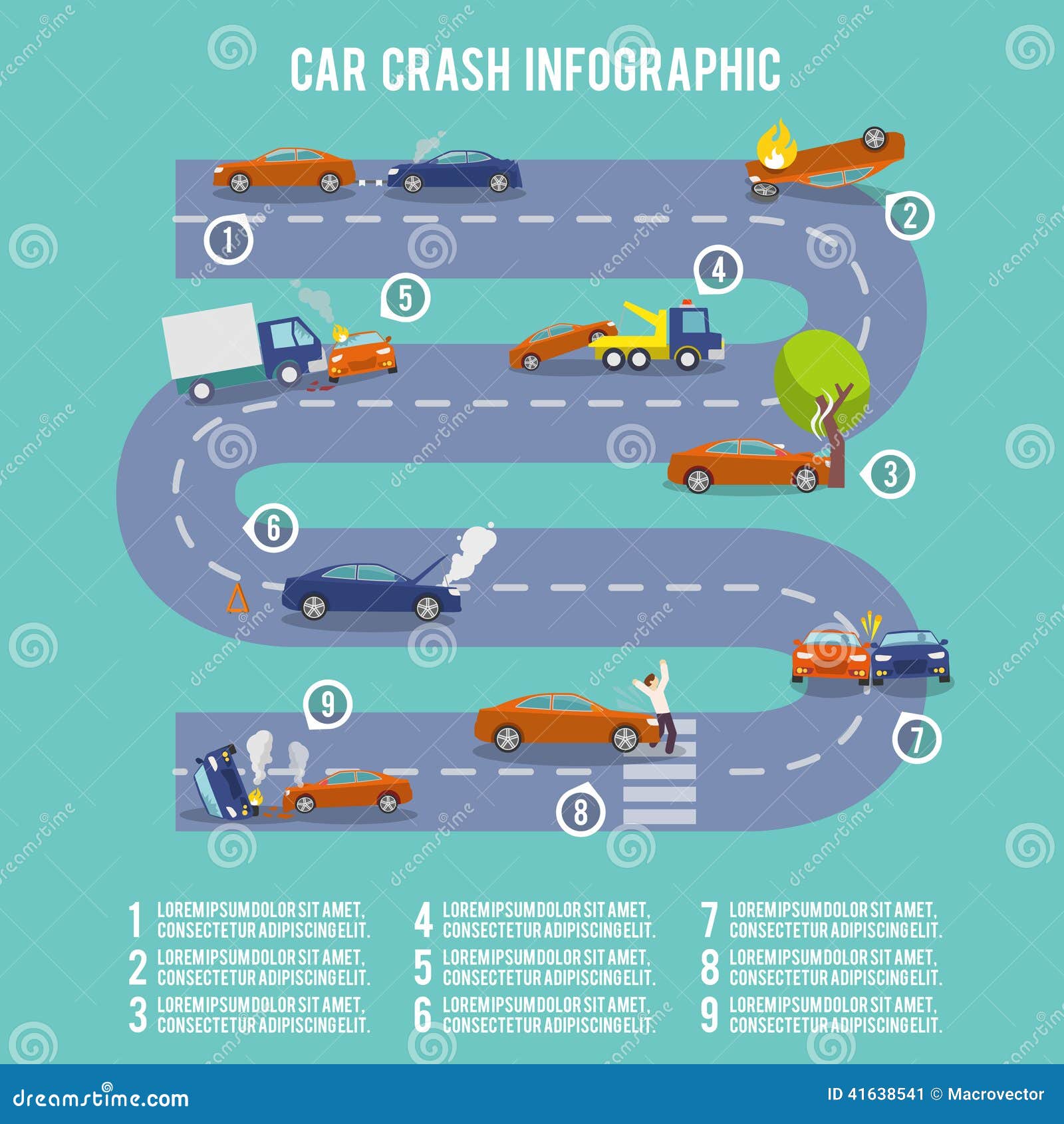Decoding Your Vehicle'S Caution Indicators: What They Genuinely Signify
Decoding Your Vehicle'S Caution Indicators: What They Genuinely Signify
Blog Article
Content By-Lim Winters
When you lag the wheel, those glowing warning lights on your dashboard can be a little bit bewildering. Do you recognize what they're trying to tell you about your vehicle's wellness? Comprehending the significance of these lights is important for your safety and security and the long life of your automobile. So, the next time one of those lights turns up, would not you want to understand its message properly and take the essential actions to resolve it?
Common Caution Lighting and Interpretations
Identify typical caution lights in your auto and comprehend their meanings to make certain risk-free driving.
you could try this out of the most regular warning lights consist of the check engine light, which signifies problems with the engine or exhausts system. If https://www.jdpower.com/cars/shopping-guides/how-to-disconnect-a-car-battery begins, it's critical to have your automobile checked immediately.
The oil stress cautioning light shows low oil stress, calling for immediate interest to stop engine damages.
A flashing battery light could recommend a faulty charging system, possibly leaving you stranded if not resolved.
The tire pressure tracking system (TPMS) light alerts you to low tire stress, impacting automobile stability and gas performance. Ignoring this could lead to hazardous driving problems.
The abdominal muscle light suggests a trouble with the anti-lock braking system, endangering your ability to quit promptly in emergency situations.
Last but not least, the coolant temperature advising light warns of engine overheating, which can cause severe damages otherwise settled promptly.
Comprehending https://carbrakes84051.blog-kids.com/31396949/the-five-significant-misconceptions-of-automobile-detailing-explained-and-resolved will assist you attend to issues immediately and preserve risk-free driving conditions.
Value of Prompt Interest
Comprehending the common caution lights in your car is just the primary step; the significance of promptly addressing these warnings can not be stressed sufficient to ensure your safety when driving.
When a warning light brightens on your dashboard, it's your auto's method of communicating a potential issue that requires attention. Disregarding these cautions can lead to a lot more extreme problems in the future, compromising your safety and potentially costing you extra in repairs.
Prompt focus to advising lights can avoid failures and crashes. As an example, a blinking check engine light can indicate a misfire that, if left ignored, could cause damage to the catalytic converter. Addressing this promptly can conserve you from a pricey fixing.
Likewise, a brake system cautioning light may signify low brake liquid or worn brake pads, crucial parts for your safety when driving.
Do It Yourself Troubleshooting Tips
If you observe a warning light on your control panel, there are a couple of do it yourself troubleshooting tips you can attempt before seeking specialist aid.
The initial step is to consult your automobile's handbook to understand what the particular caution light shows. Sometimes the concern can be as basic as a loosened gas cap activating the check engine light. Tightening the gas cap may fix the problem.
An additional common problem is a reduced battery, which can trigger various advising lights. Inspecting the battery links for corrosion and ensuring they're protected may fix the problem.
If a caution light lingers, you can attempt resetting it by detaching the automobile's battery for a few mins and then reconnecting it. Furthermore, checking your automobile's liquid levels, such as oil, coolant, and brake liquid, can assist fix warning lights associated with these systems.
Conclusion
Finally, recognizing your car's warning lights is necessary for maintaining your vehicle running efficiently and safely. By immediately dealing with these notifies and understanding what they suggest, you can avoid expensive fixings and potential failures.
Remember to consult your automobile's guidebook for certain information on each warning light and act appropriately to guarantee a hassle-free driving experience.
Keep notified, stay safe when traveling!
